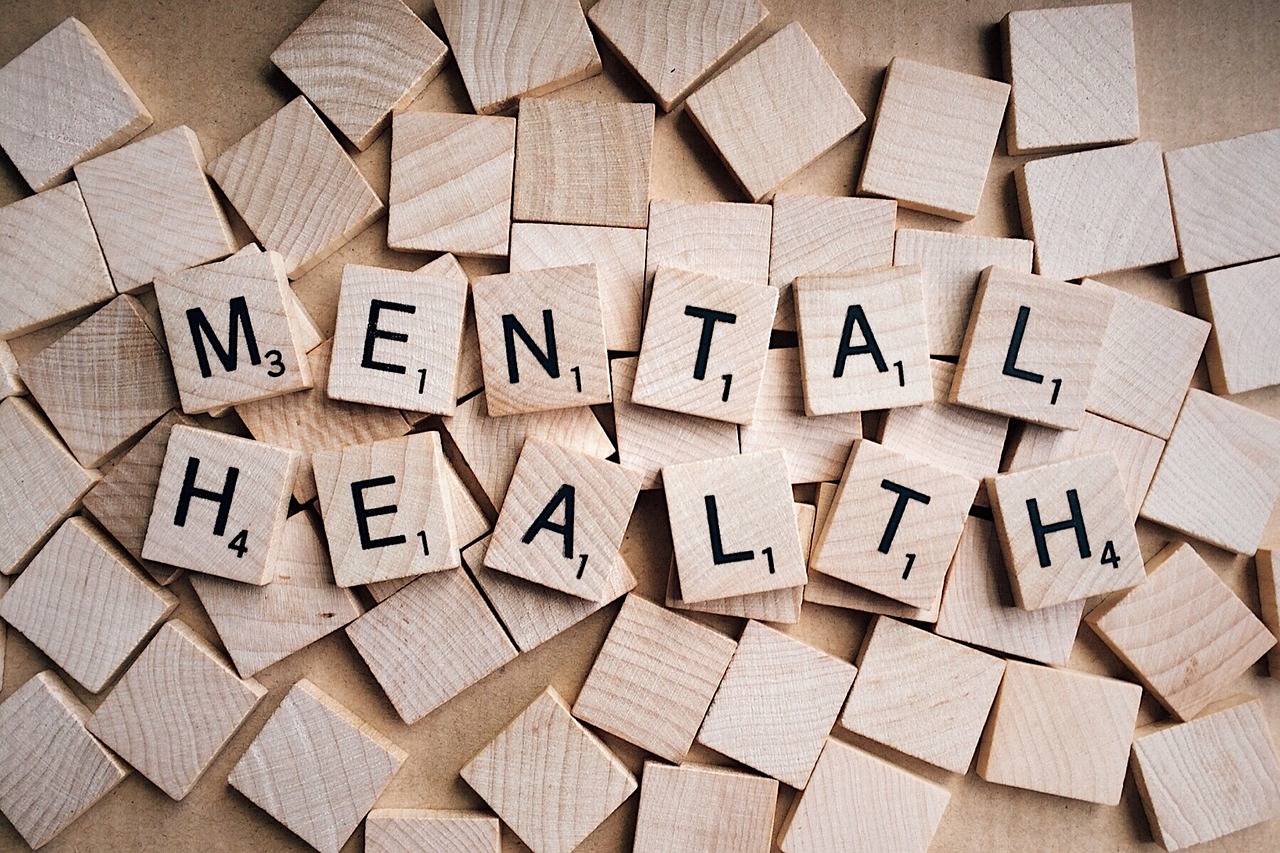According to the most current global consensus statement on trauma in sporting activity, go back to play (RTP) after a kid or teen suffers a sporting activity trauma should be a detailed, finished, exercise-limited, procedure which can start after a first period of 24-48 hours of both family member physical and cognitive rest:
| Stage | Task | Goal |
| 1. Symptom-limited activity * | Daily tasks that do not provoke signs and symptoms | Progressive reintroduction of work/school activities |
| 2. Light cardio workout | Strolling or fixed biking at sluggish to tool speed. No resistance training | Increase heart price |
| 3. Sport-specific workout | Skating drills in ice hockey, running drills in soccer. No head impact tasks | Add motion |
| 4. Non-contact training drills | Progression to more challenging training drills, e.g. passing drills in football and ice hockey; might begin modern resistance training | Exercise, sychronisation and boosted believing |
| 5. Complete get in touch with practice | Following clinical clearance, join typical training tasks | Restore self-confidence and enable mentoring staff to analyze practical skills |
| 6. Go back to play | Normal game play |
At site knowconcussion from Our Articles
- 24 hr between steps: Normally, each step should take a minimum of 24 hours, so that, thinking the professional athlete does not experience a reappearance of concussion signs at rest or with exercise as she progresses via the workout program, she will certainly have the ability to return to sporting activities in about a week’s time after signs have
- cleared. Fall back if signs return : If the student-athlete experiences a reappearance of trauma symptoms throughout any of the actions, they need to hang back to the previous level at which they were symptom-free, and try to proceed once more after a more 24-hour duration of rest has passed.
- 7-day waiting period before beginning in absence of neurocognitive testing. In the absence of daily screening by a healthcare expert with blast knowledge (qualified sports fitness instructor, school/team/primary care/sports medication physician, neuropsychologist) to remove a student-athlete to begin the finished return-to-play procedure, a student-athlete needs to observe a 7 day rest/recovery period before starting the protocol. This means that, for such professional athletes, go back to sports will certainly take at the very least two weeks. Some leading trauma specialists, consisting of Dr. Rosemarie Scolaro Moser, a sporting activities concussion neuropsychologist featured in the MomsTEAM PBS documentary, The Most Intelligent Group: Making Secondary School Football Safer, recommend that children and teenage take a minimum of 3 weeks off before going back to sports after a concussion.
State laws on return to play differ
According to data launched in March 2016 by the National Athletic Trainers’ Organization, 44 percent of states now need that a graduated return-to-play protocol containing at least 5 actions (without any greater than 2 steps taking place on one day) is applied for professional athletes returning back to task from a trauma, which is a 24 percent improvement from the 2014-2015 school year.
The golden state lately ended up being the first state to mandate a minimal 7-day waiting period after a blast prior to a return to sporting activities for interscholastic professional athletes, and to need the effective completion of a graduated return-to-play workout procedure overseen by a healthcare specialist which can only begin as soon as a student-athlete is no more experiencing trauma symptoms.
While a lot of the youth sporting activities blast safety and security legislations gone by the states given that 2009 have wide language permitting any type of qualified health care specialist to make the return-to-play decision, research studies reveal that lots of health care doctors lack the knowledge needed to make go back to play decisions. Due to the fact that they have much more training and experience in blast medical diagnosis and administration, certified sports instructors, group doctors, and neuropsychologists are typically the best qualified to make a decision when it is secure for an athlete to go back to play.
Experts warn that, while an estimated 80 to 90% of concussions heal automatically in the very first 7 to 10 days, children and teenagers might call for a longer pause and/or extended duration of non-contact workout than adults, due to the fact that their creating brains create them to experience a various physiological response to blast than grownups and take longer to recover, and they have other details danger factors, such as the risk of 2nd impact disorder.
A number of recent researches recommend that concussed teens, maybe a lot more than younger and older professional athletes, take longer to recover complete cognitive feature and needs to be held up of play longer. One research study located that concussed teenagers have problem recovering the ability for high degree reasoning after injury and may require prolonged recuperation before full recuperation of so-called executive feature is achieved, with scientists at the College of Oregon and University of British Columbia locating that executive function was disrupted in concussed adolescents for up to 2 months after injury when compared to healthy and balanced control topics.
In functional terms, this a lot more traditional approach suggests that:
- Youngsters and teens ought to not, under any scenarios, be enabled to return to practice or play till completely without signs
- No go back to use the same day as the injury, regardless of affordable level (as is currently the legislation in all 50 states); and
- Customizing variables (i.e. previous history of blast, learning impairments), handle even more importance in the examination and management of concussion.
Non-compliance is serious issue
In their desire to go back to the playing field, however, some senior high school professional athletes fail to abide by return-to-play guidelines. A 2009 research by scientists at Nationwide Children’s Medical facility in Columbus, Ohio, for instance, discovered that at the very least 40.5% and 15.0% of athletes that maintained blasts returned to play prematurely under the now-outdated American Academy of Neurology (AAN) and after that current Zurich return-to-play guidelines.
A 2011 research study nonetheless, showed for the very first time the important function electronic neuropsychological screening is playing in concussion evaluation and RTP choices. Professional athletes that had taken a pre-season, baseline effect digital neuropsychological examination, and took the ImPACT examination once more after thought trauma were much less likely to go back to play on the very same day, and much less likely to go back to play within a week of their injury, than the three out of 4 injured professional athletes that did not undertake such screening.
The authors recommended 3 possible factors:
- that the electronic examinations are extra reliable in gauging whether a professional athlete’s cognitive functioning had returned to baseline than self-reporting by professional athletes of symptoms and signs (which, in the interest of a quick return to play, a professional athlete might downplay or fall short to report completely)(a theory which was confirmed in a much more current study;
- that making use of such examinations by those providing trauma administration leads them to be extra conventional in return-to-play decisions; and
- that neurocognitive testing is used regularly in cases of severe traumas that require prolonged recovery times before return to play.
Post-exercise neurocognitive screening recommended
A 2013 research of concussed student-athletes that reported no symptoms and had returned to standard on computerized neurocognitive tests taken before starting the graduated return to sporting activities method, found that more than a quarter (27.7%) showed declines in verbal and aesthetic memory on the examinations after modest exercise.
The searchings for triggered sporting activities blast neuropsychologist Neal McGrath, Ph.D. of Sports Concussion New England and his colleagues to advise that neurocognitive screening become an important component of the athletic fitness instructor’s post-exertion analysis procedure and that student-athletes must not be cleared for complete get in touch with activity until they are able to demonstrate security, particularly in memory functioning, on such post-exertion neurocognitive concussion testing.
Provided the unstable nature of self-reported signs and symptoms in athletes, a group typically inspired to return to play and decrease signs and symptoms, the sensitivity of computerized neurocognitive screening to insufficient recovery and the value of identifying any signs that an athlete may not stay stable in his/her standard operating before return to contact sports action, post-exertion neurocognitive testing seems a sensible device to think about.
Our thinking, stated McGrath, is that since workout is recognized to create recurrence of signs in some professional athletes that might not be completely recuperated, and because neurocognitive testing has been revealed to expose persisting cognitive deficits in athletes that say or feel that they are symptom-free any considerable decline in post-exercise cognitive test scores for those professional athletes that have actually gotten to the point of sensation totally symptom-free, with resting neurocognitive ratings that are back to baseline, would certainly suggest that more recuperation time is required before going back to contact sports action. We would certainly follow those athletes till their post-exercise neurocognitive examination scores stay secure at standard levels before clearing them to return to play.
As young professional athletes tend to take into consideration just a tiny subset of their potential symptoms when reporting their recuperation or stating they are back to normal after concussion care is urged in taking into consideration professional athletes’ self-reported symptoms in their return-to-play decisions, and the exact same caution is necessitated in relying entirely on neurocognitive test ratings having returned to regular before the finished workout protocol is started.
Certainly, a recent study of concussed student-athletes that reported no signs and had actually gone back to baseline on electronic neurocognitive examinations taken prior to starting the graduated exercise method, located that more than a quarter exhibited declines in verbal and visual memory on the tests after modest exercise, motivating a recommendation that student-athletes not be gotten rid of for complete get in touch with activity up until they are able to demonstrate stability, specifically in memory functioning, on neurocognitive trauma screening performed after the exercise method is started. While this was only one research, extra post-exercise neurocognitive screening might eventually become a fundamental part of the RTP protocol.
 Return to Play After Blast Is Step-By-Step Refine |
